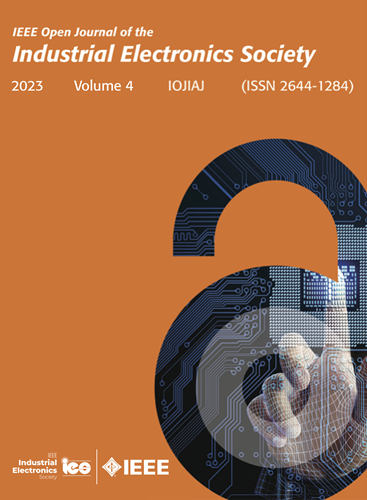Single Open-Phase Fault Tolerant Control of Salient Dual Three-Phase PMSMs With Maximized Torque to Total Loss Ratio Considering Peak Phase Current Limit
IF 7.2
1区 工程技术
Q1 AUTOMATION & CONTROL SYSTEMS
引用次数: 0
Abstract
For dual three-phase permanent magnet synchronous machines (DT-PMSMs) under open-phase fault, the fault tolerant currents are often unbalanced to generate smooth torque, which results in the peak current and copper loss of certain phases and per phase loss being significantly larger than healthy conditions. This can limit the maximum attainable torque and lead to overheating issue of the phases with larger currents. However, this is not fully addressed especially for salient PMSM. This article studies open-phase fault tolerant control (FTC) of salient DT-PMSM by considering the peak phase current limit to reduce the maximum per phase loss and improve the ratio of torque to total loss (TTL), resulting in improved maximum attainable torque. Analyses are first conducted to show the motivation. The proposed FTC aims to maximize the ratio of TTL and minimize peak phase current and fault-induced ripples without introducing phase current harmonics. Moreover, the current distribution affecting reluctance torque is optimized to improve the maximum torque considering saliency. Analytical solutions are derived to achieve better computation-efficiency. Compared with existing methods, the proposed approach can achieve better TTL ratio, maximum per phase loss, peak/rms phase current and maximum attainable torque, which is validated with experiments and comparisons.考虑峰值相电流限制的最大转矩总损耗比凸极双三相永磁同步电机单开相容错控制
对于双三相永磁同步电机(dt - pmms)在开相故障时,容错电流往往不平衡以产生平滑转矩,导致某些相的峰值电流和铜损以及每相损耗明显大于健康状态。这可能会限制最大可达到的扭矩,并导致具有较大电流的相位过热问题。然而,这并没有完全解决,特别是对于突出的PMSM。本文研究了凸形DT-PMSM的开相容错控制(FTC),通过考虑峰值相电流限制来降低最大每相损耗,提高转矩与总损耗的比率(TTL),从而提高最大可达转矩。首先进行分析以显示动机。所提出的FTC旨在最大限度地提高TTL的比率,并在不引入相电流谐波的情况下最小化峰值相电流和故障引起的波纹。此外,考虑显著性,优化了影响磁阻转矩的电流分布,提高了最大转矩。为提高计算效率,导出了解析解。与现有方法相比,该方法可以获得更好的TTL比、最大每相损耗、峰值/均方根相电流和最大可达转矩,并通过实验和比较进行了验证。
本文章由计算机程序翻译,如有差异,请以英文原文为准。
求助全文
约1分钟内获得全文
求助全文
来源期刊

IEEE Transactions on Industrial Electronics
工程技术-工程:电子与电气
CiteScore
16.80
自引率
9.10%
发文量
1396
审稿时长
6.3 months
期刊介绍:
Journal Name: IEEE Transactions on Industrial Electronics
Publication Frequency: Monthly
Scope:
The scope of IEEE Transactions on Industrial Electronics encompasses the following areas:
Applications of electronics, controls, and communications in industrial and manufacturing systems and processes.
Power electronics and drive control techniques.
System control and signal processing.
Fault detection and diagnosis.
Power systems.
Instrumentation, measurement, and testing.
Modeling and simulation.
Motion control.
Robotics.
Sensors and actuators.
Implementation of neural networks, fuzzy logic, and artificial intelligence in industrial systems.
Factory automation.
Communication and computer networks.
 求助内容:
求助内容: 应助结果提醒方式:
应助结果提醒方式:


